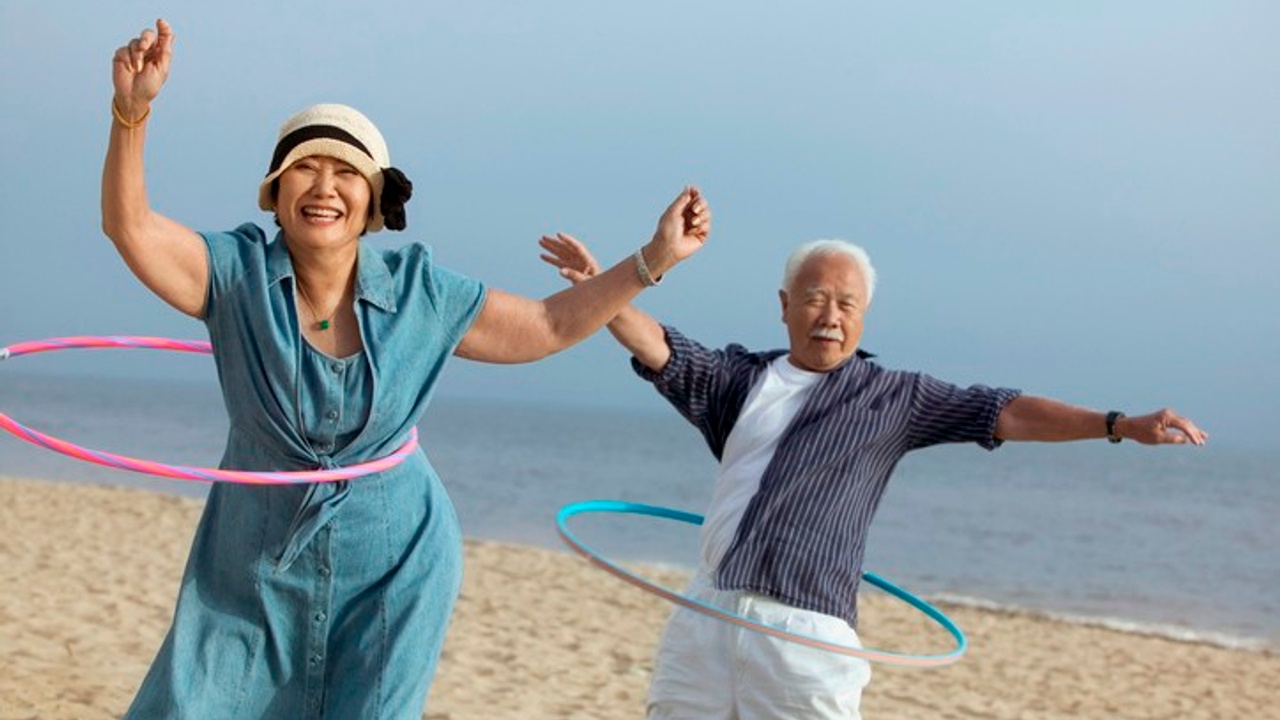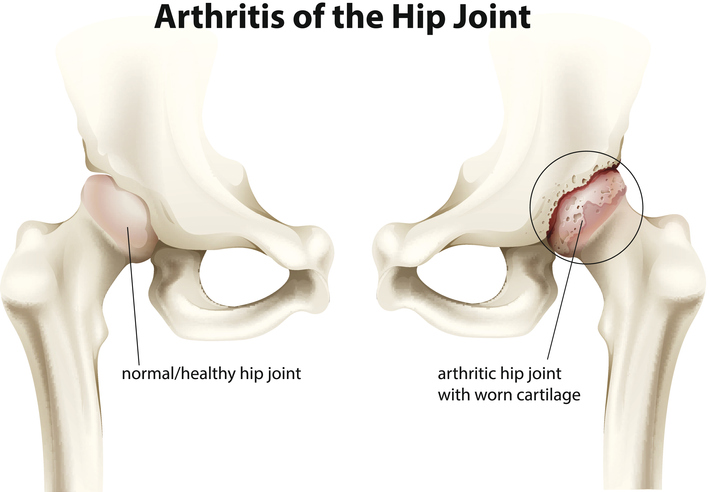Pilates for Happy, Healthy Hips
Aug 22, 2021
When I was in my early twenties my elderly piano teacher was having trouble walking and needed to have a hip replacement. Back then hospital stays post-surgery were much longer than today and she asked me to teach the younger students in her home music studio during her absence for 4 weeks. She was an excellent teacher with a waiting list. As I was in the process of working towards my final music exams she had already been training me to teach with a small number of students that she couldn't accommodate. I felt honoured she had asked me to help her and I was pleased she had finally found a solution to help her walk without pain. The operation was a success and she was able to walk without pain. As I began to take on more and more piano students, I knew I had to make an important career decision. I was also teaching dance and had the opportunity to secure a space to open my own dance school.
It was an extremely difficult decision but I chose to give up piano teaching and focus solely on dance teaching and building my school. To be honest, I loved teaching piano and dance equally but this was the final decider - my piano teacher was overweight, sat for long hours, 5 days per week, rarely moved and needed a hip replacement. I never knew exactly what was wrong with her hip but one thing I knew for sure was that I did not want to end up like that for anything and chose the active life of running my own dance school. I had none of the knowledge that I have now but my instincts told me to get out while I could. Little did I know that one day I would use Pilates to help people overcome their hip pain, become pain-free and avoid the same surgery as my piano teacher. For people whose only option was surgery, I would help them strengthen in preparation and then assist in their post-surgery recovery. After back pain, hip pain would be the second most common condition that brings people to my Pilates studio looking for solutions to their pain.
The Hip Joint
Our hips are the largest weight-bearing joints in our bodies and are the junction where the thigh bone joins the pelvic girdle. The thigh bone or femur has a rounded head like a " ball" which fits into the "socket" or acetabulum on the other edge of the pelvis and forms a ball and socket synovial joint. It's a complex structure with a joint capsule, ligaments, muscles and tendons, nerves and blood vessels, so it can allow for a large range of movement and provide stability for weight beating as well. As you can see vital, complex structures like these mean there are a variety of issues that can arise which potentially cause pain.
What are the causes of Hip Pain?
Hip Pain can be so debilitating as it can prevent you from walking comfortably, stop you from sleeping well and generally limit your ability to get the most out of life. There are many different causes of hip pain and if my clients are unsure of the cause of their pain I suggest that they see their medical practitioner and have the necessary X-rays or scans required for an exact diagnosis. It's important to know the cause as this determines the approach that I would take when designing their individual Pilates program. Some Pilates exercises are beneficial for some types of hip pain but should be avoided for other types, so you can see the importance of knowing exactly what we are dealing with. Hip pain can also be referred pain meaning there is a problem with your lower back or spine but you are feeling the pain in your hip. Some of the most common causes of hip pain that bring people to Pilates are pain caused by osteoarthritis or rheumatoid arthritis. Osteoarthritis is more common and occurs due to the degeneration of the joint when the cartilage is worn down over time as we age. Rheumatoid arthritis is an autoimmune disease and the body's own immune system attacks the lining of the joints and can cause swollen, painful hip joints. This can be controlled by medication but any existing damage to the joints can't be reversed. Bursitis and tendonitis are also common. Trochanteric bursitis is inflammation of the small sac of fluid that covers the greater trochanter, the very outer bony part of your hip that you feel pressing into the floor when you lie on your side. A labral tear of the hip joint is damage to the labrum or soft tissue that covers the acetabulum or "ball" of the hip joint. As you can see these are just some examples of different types of hip pain but there are many more which is why it is so important to know exactly what you are dealing with to ensure you have the correct treatment for your specific condition.

How can Pilates help with Hip Pain?
As I mentioned earlier it's important to have the correct diagnosis for your hip pain as this ensures that your personalised PIlates program will be as effective and targeted as possible to help you progress towards becoming pain-free.
As Pilates looks at the body as a whole you will be strengthening from the inside out as you learn how to connect with and strengthen your abdominal and gluteal muscles. Other muscle groups that support the hip joint need to be strengthened too such as the adductors or inner thigh muscles, the hip flexors and the quadriceps muscles. It's important to obtain and then maintain a good range of movement of the hip joint too in flexion and extension, internal and external rotation, abduction and adduction and circumduction. Strong flexible feet help support the joints above them and are therefore beneficial for supporting the hip joints too. Your posture is assessed and any necessary corrections are suggested. When you are in pain and you have been limping for a period of time, this can cause an imbalance throughout your body so any compensatory patterns are addressed. One of the common mistakes that can be made with hip pain is to "stretch it out." This may give temporary relief at the time but will usually tighten back up again as strengthening is what is required instead. Stretching has its place but it depends on the type of hip pain you have and your individual body as to whether it's appropriate for you personally.
Client Case Studies
These are the real stories of two of my clients who followed my unique Pilates program to prepare for and recover from hip replacement surgery or to overcome their hip pain.
Charles was born with a congenital hip deformity called hip dysplasia. This means that the head of the femur or the "ball" wasn't completely covered by the socket. This results in an unstable hip joint and his pain level was increasing steadily with each passing year and he walked with a limp. If it's diagnosed early enough during infancy it can be corrected, but Charles wasn't diagnosed until he was a young adult when he first started experiencing significant pain. Charles'osteopath referred him to me to strengthen his core and improve the range of movement of the hip which was rapidly deteriorating. Hip replacement surgery was an option but something he wasn't ready to face at this point. So, in conjunction with his osteopath, we worked to improve his pain level so he could walk comfortably and evenly. However, after 3 years Charles who was in his late 50s by now decided he was ready for surgery as he had some relief from his pain but was still limping and wanted to have the surgery before he was too much older. The good news was that he couldn't have been more prepared for the surgery after 3 years of twice-weekly Pilates sessions. He sailed through the surgery and rehabilitation and the surgeon was impressed with his high level of strength pre-surgery. This made his post-surgery recovery so much quicker and finally, he was pain-free and walked without a limp. That was 5 years ago now and he still does Pilates with me to this day in order to maintain his body in peak condition and keep both hip joints functioning efficiently well into his retirement years.
Jess had taken a fall in a parking station when she slipped during rainy conditions. She landed on her hip and she started having pain in this area which made lying on her side impossible and it was interrupting her sleep. Diagnosed with trochanteric bursitis she was prescribed anti-inflammatory medication by her medical practitioner. Jess was determined that this would only be a short-term solution while she overcame her pain with Pilates. Using my unique program, I assisted her to strengthen her core, glutes and muscles around the hip without lying directly on the injured side. She gradually reduced her medication after 4 weeks of strengthening 4 times per week and was delighted to discover that all her hard work had paid off as she was pain-free. She has continued her Pilates training with me and she loves being in control of her own health and fitness and knowing she has the Pilates skills she needs to overcome any other health challenges that arise along the way.
As you can see Pilates really is ideal for overcoming hip pain and maintaining happy healthy hips well into our retirement years. I know I made the right decision all those years ago to make dance teaching my career which led me to Pilates. I not only saved myself from the ill effects of a sedentary lifestyle but being able to help others achieve life-changing results through Pilates has been enormously rewarding too. If you are ready to start your Pilates journey to becoming pain-free, book your in-depth Initial Assessment with me via Skype. Alternatively, email me at [email protected] if you have any questions or would like to discuss your individual needs. It would be my pleasure to assist you!
If you are ready to take control of your own health and fitness then download your free copy of my detailed guide.
Learn more about what sort of people benefit from Pilates and how it can help you too. I separate the myths from the facts and share actual case studies of my clients who have achieved life-changing results from my unique Pilates program.

